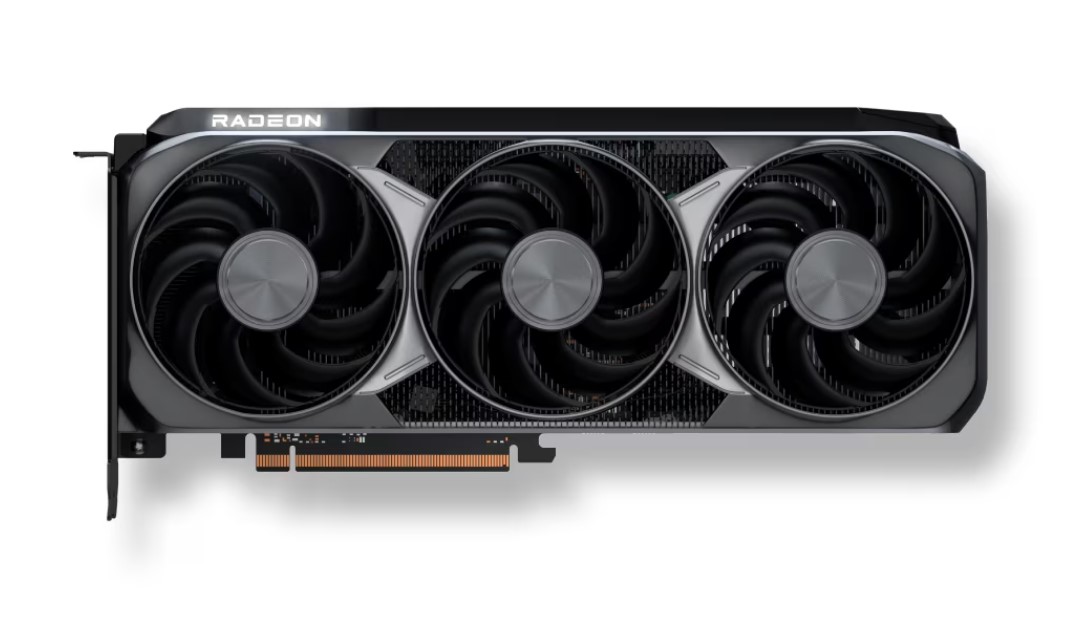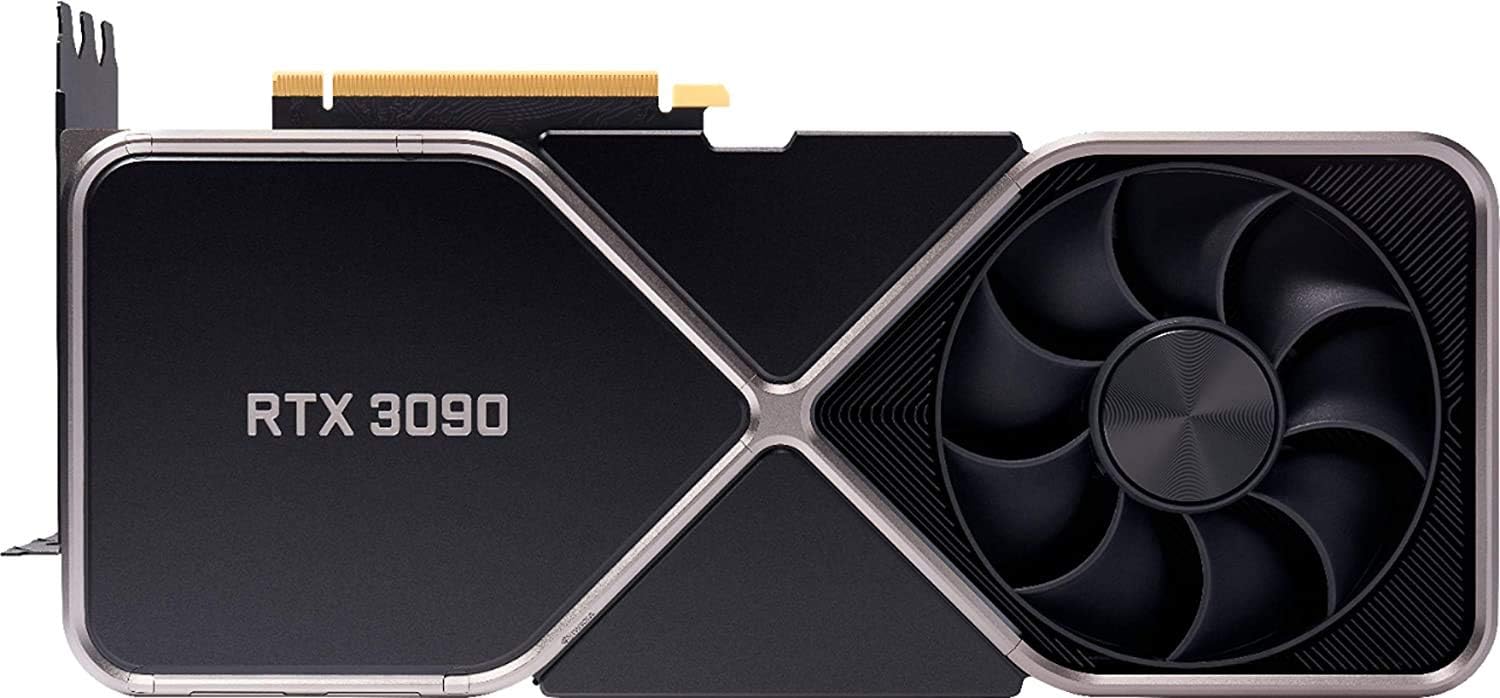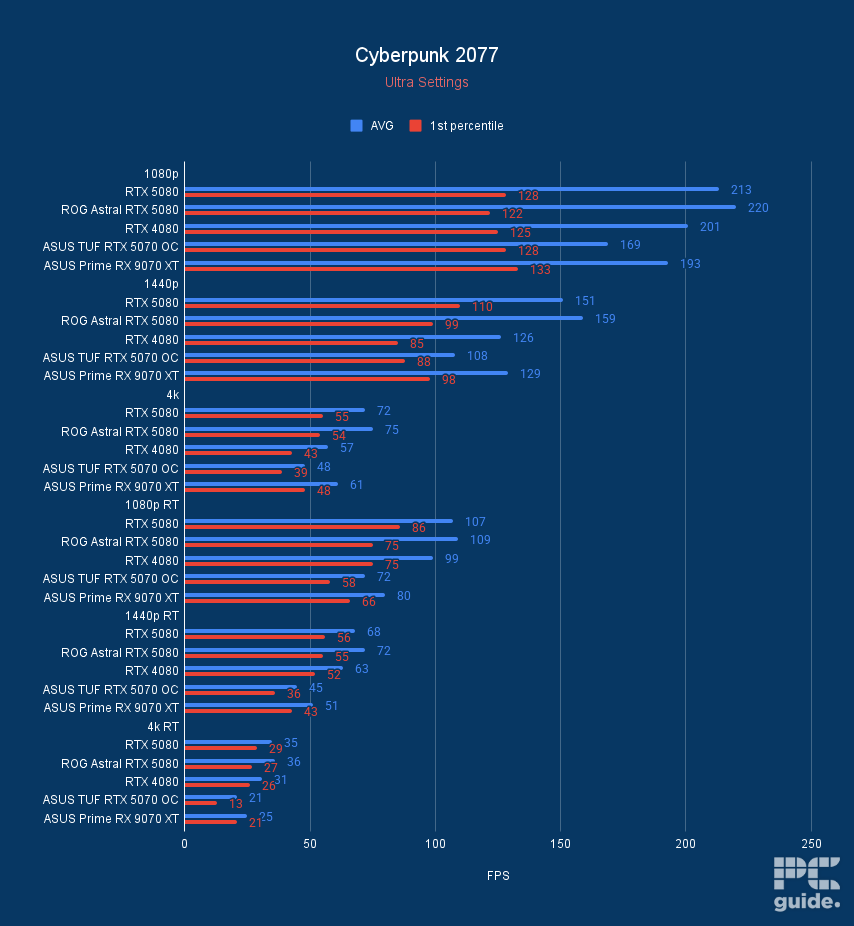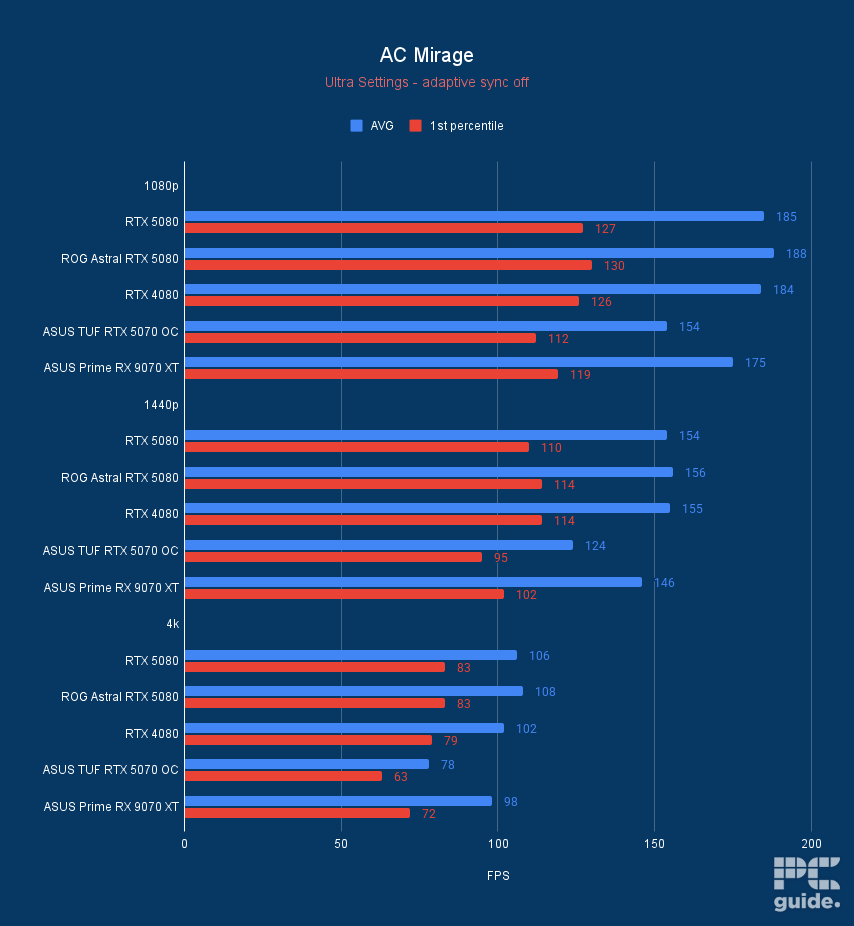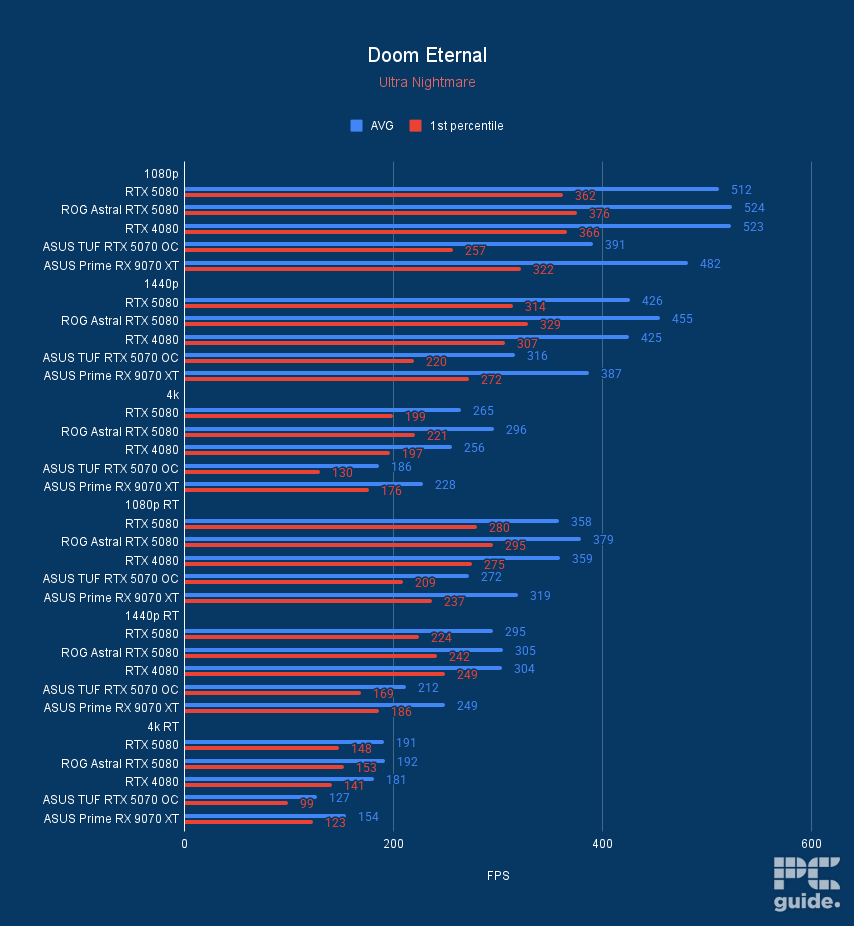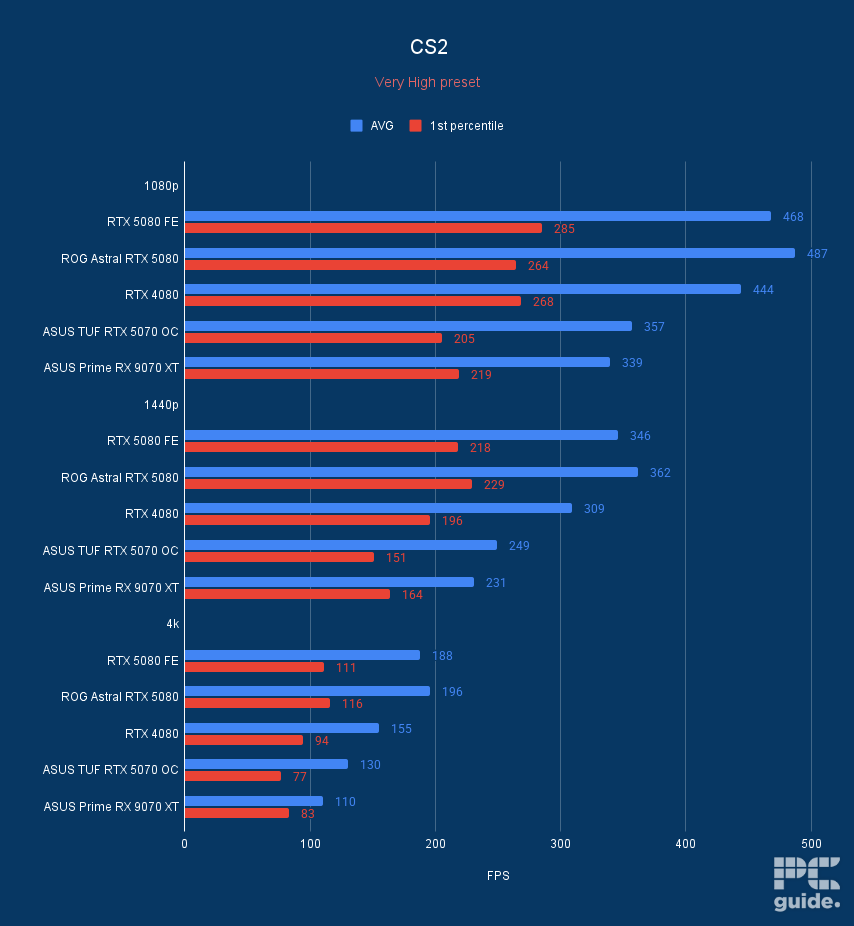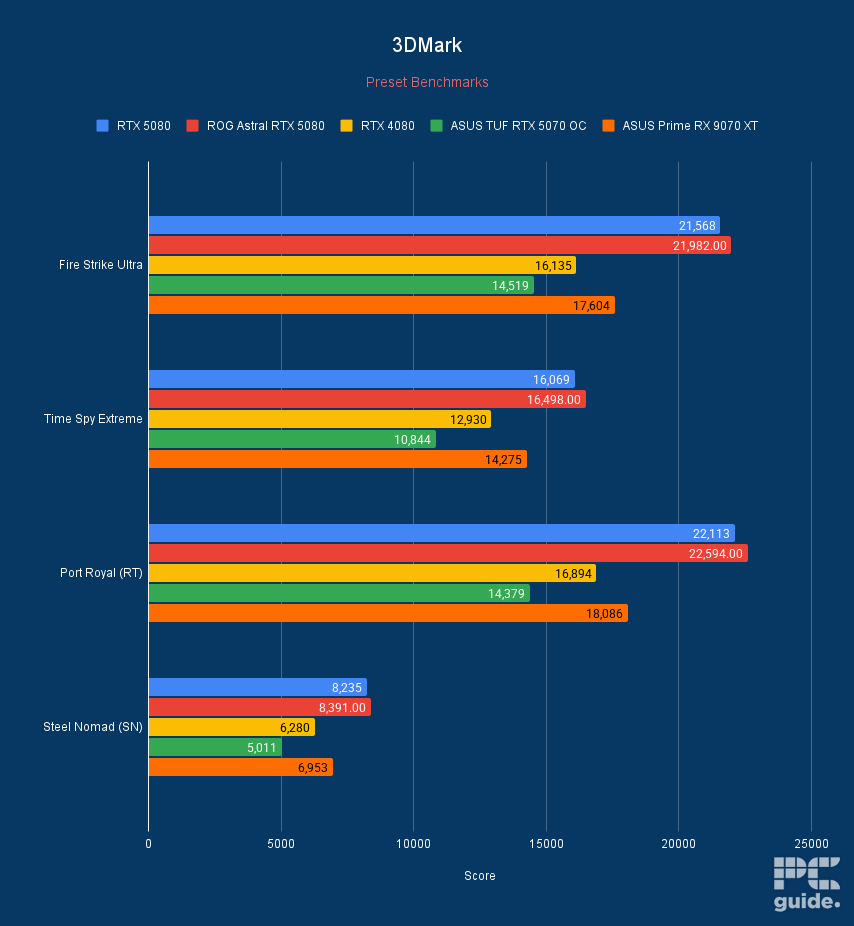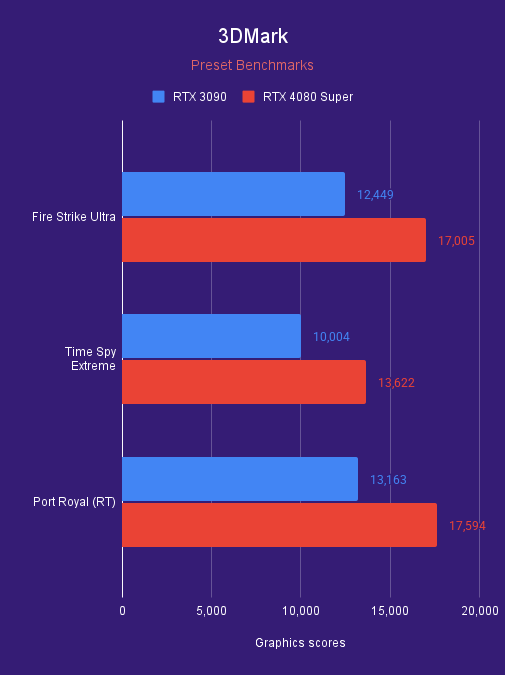RX 9070 XT vs RTX 3090 spec and performance comparison – how do they compare?
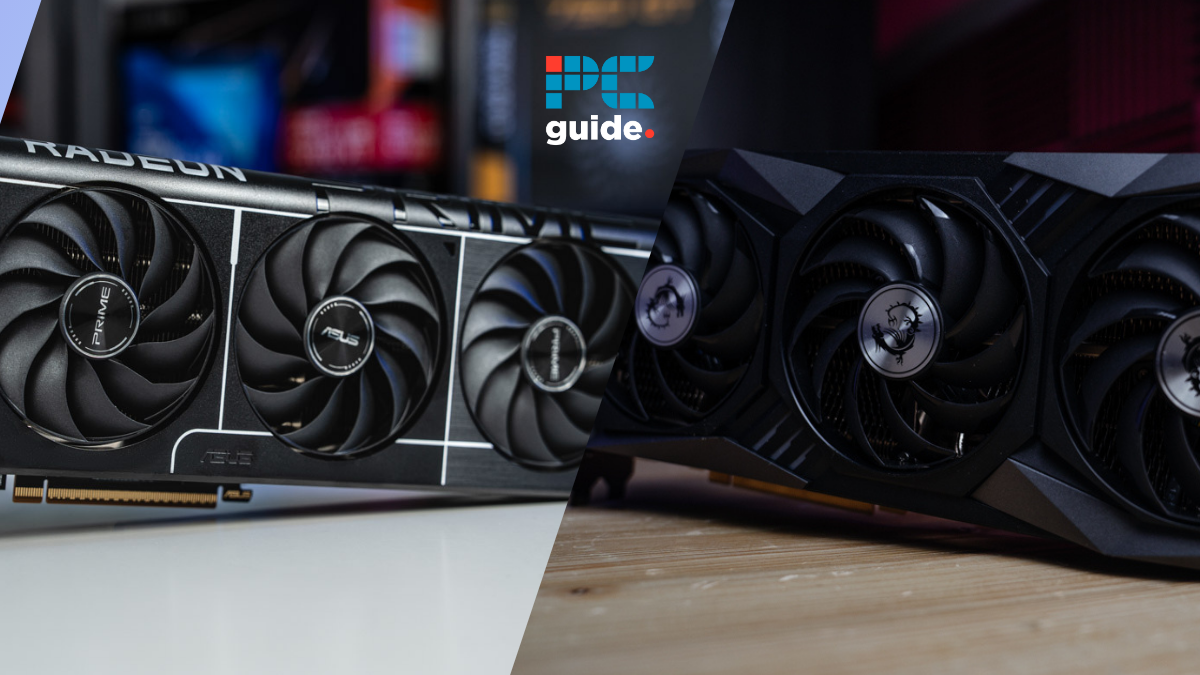
Table of Contents
The RX 9070 XT is here, and after thoroughly testing and reviewing it in-house, we were seriously impressed by its performance as it managed to outperform the alternatives from Team Green and even managed to trade blows with the RTX 5080 in some instances, but that isn’t consistent.
So, the improvements over previous mid-range AMD GPUs, most notably the RDNA 4 architecture, which AMD claimed is 40% faster than RDNA 3, and dedicated 2nd generation AI accelerators resulting in better AI TOPS were worth the hype, and the community responded in kind as they got exactly what they were asking for, a great GPU with excellent value for money.
Prime Day is finally here! Find all the biggest tech and PC deals below.
- Sapphire 11348-03-20G Pulse AMD Radeon™ RX 9070 XT Was $779 Now $739
- AMD Ryzen 7 7800X3D 8-Core, 16-Thread Desktop Processor Was $449 Now $341
- ASUS RTX™ 5060 OC Edition Graphics Card Was $379 Now $339
- LG 77-Inch Class OLED evo AI 4K C5 Series Smart TV Was $3,696 Now $2,796
- Intel® Core™ i7-14700K New Gaming Desktop Was $320.99 Now $274
- Lexar 2TB NM1090 w/HeatSink SSD PCIe Gen5x4 NVMe M.2 Was $281.97 Now $214.98
- Apple Watch Series 10 GPS + Cellular 42mm case Smartwatch Was $499.99 Now $379.99
- ASUS ROG Strix G16 (2025) 16" FHD, RTX 5060 gaming laptop Was $1,499.99 Now $1,274.99
- Apple iPad mini (A17 Pro): Apple Intelligence Was $499.99 Now $379.99
*Prices and savings subject to change. Click through to get the current prices.
However, whenever a new GPU comes out, the first call of action is to compare it against current and previous flagship cards to explore the performance gap. So, in this article, we're comparing the RX 9070 XT against the RTX 3090, which is still a gaming beast as we've reviewed it in-house. We have real-world gaming and synthetic benchmarks for both of these GPUs and if you want a quick answer as to which GPU came out on top, let’s just say AMD has truly outdone itself.
RX 9070 XT vs. RTX 3090 specs comparison
Here’s a quick look at how these two cards stack up side-by-side.
| Specifications | RX 9070 XT | RTX 3090 |
| Compute units/CUDA cores | 64 | 82 (10496) |
| RT Accelerators | 64 | 82 |
| AI Accelerators | 128 | 328 |
| Peak AI TOPS | 1557 | – |
| Boost clock speed | 2.97 GHz | 1.70 GHZ |
| Memory | 16GB GDDR6 | 24GB GDDR6X |
| TDP | 304W | 350W |
| Connectivity | PCIe 5.0 x16 | PCIe 4.0 x16 |
| Display | DisplayPort 2.1a, HDMI 2.1b | DisplayPort 1.4a, HDMI 2.1 |
Performance comparison
At first glance, the odds aren’t in the RX 9070 XT’s favor, as the RTX 3090 is a flagship GPU, and its specifications show that. However, the champion from Team Red has new architecture and software on its side, so this match-up is going to be interesting.
RX 9070 XT vs. RTX 3090 4K performance
To gauge the performance difference between these GPUs, we’ll take the output of Cyberpunk 2077, CS2, Doom Eternal, and Assassin’s Creed: Mirage.
In Cyberpunk 2077, the RX 9070 XT delivered 61 FPS natively, while the RTX 3090 managed 44 FPS, which is a 32% performance difference. Cyberpunk 2077 is one of the most graphically demanding titles, and the 9070 XT managing to outperform the 3090, which is a flagship and has beefier hardware, is a testament to how far AMD has come.
The RTX 3090 churned out 70 FPS in Assassin’s Creed: Mirage, while the 9070 XT delivered 98 FPS (23% better performance). In Doom Eternal, the performance gap increased to 30% as the 3090 and 9070 XT managed 168 and 228 FPS, respectively.
The only title, the RX 9070 XT, is taking a beating in Counter-Strike 2 as it managed 110 FPS while the RTX 3090 delivered 146 FPS, which is a 28% difference. Besides this, the RTX 3090 can’t compete with the RX 9070 XT at 4K, as the latter has significantly better output and comes at less than half the price.
RX 9070 XT vs. RTX 3090 1440p performance
When it came to 1440p performance, the gap grew even more because this resolution is easy for the GPUs to render, but since the 9070 XT has better performance and the latest hardware, it managed to churn out even more FPS. In Cyberpunk 2077, the 9070 XT delivered 129 FPS, while the 3090 managed 87 FPS, which is a difference of 38%, 6% more compared to 4K.
In Assassin’s Creed: Mirage, the difference between these GPUs grew to 40% as the 9070 XT and 3090 managed 146 and 97 FPS, respectively, which is significantly more than the 23% gap at UHD. The same pattern was repeated in Doom Eternal, as the 3090 churned out 265 frames per second, and the 9070 XT delivered a dominating performance with 387 FPS (37% performance difference).
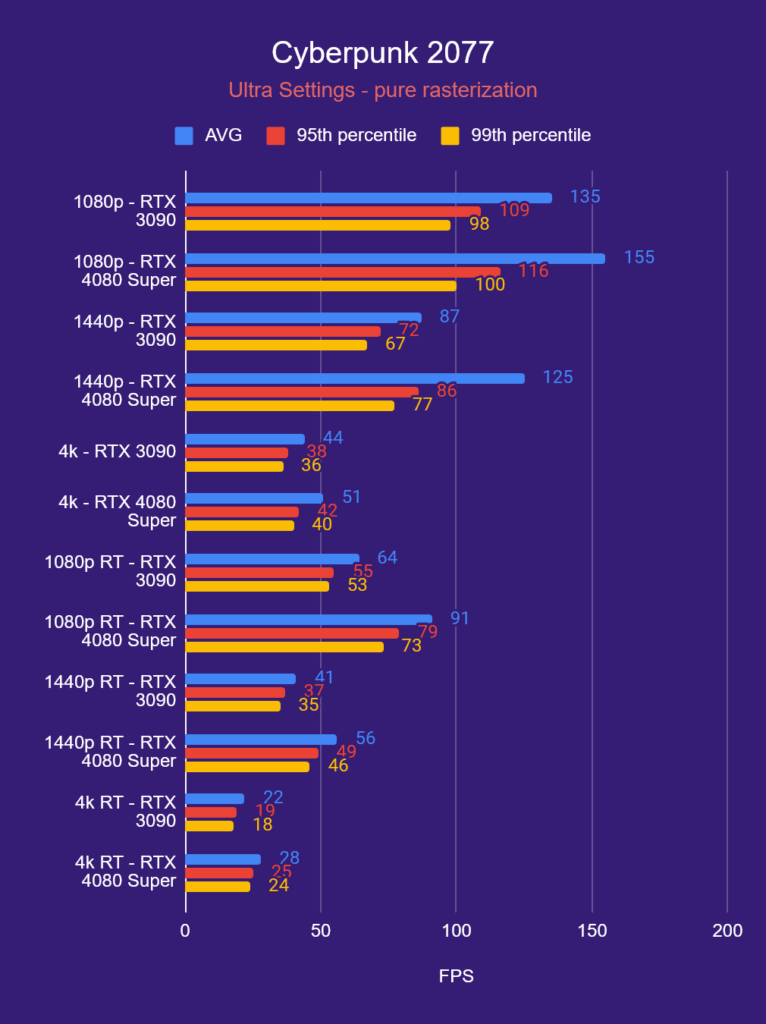
As for Counter-Strike 2, the RTX 3090 managed, and the RX 9070 XT got 231 FPs, reducing the gap to only 13%. However, we suspect that this might be an issue with the drivers, and we might see better performance in CS2 with the 9070 XT as well.
RX 9070 XT vs. RTX 3090 synthetic performance
To showcase the difference in synthetic performance, we’ll take the results of 3DMark as an example. 3DMark has different benchmarking tests, such as Steel Nomad, Time Spy Extreme, and Port Royal, which test a graphics card’s ability to render 4K frames and ray tracing output, respectively.
With that out of the way, the RTX 3090 delivered 12,449 points in Fire Strike Ultra, while the RX 9070 XT easily blew past that with 17,604 points, giving a 34% better performance. On the other hand, in Time Spy Extreme, which is more taxing on the GPU, the 3090 managed 10,004 points, whereas the RX 9070 XT churned out 14,275 points, 1% better than Fire Strike Ultra with a 35% difference in output.
Ray tracing has always been better on Nvidia GPUs; however, despite having more Tensor cores, the RTX 3090 could only manage 13,163 points in Port Royal, and the RX 9070 XT overshadowed it with 18,086 points. This means the latter is 31% in ray tracing than the RTX 30-series flagship GPU.
Design differences
Cores
The RX 9070 XT features 64 Compute Units and 4096 Stream Processors. The Nvidia alternative to that is Streaming Multiprocessors (SM), and the RTX 3090 has 82 SM, with 10496 CUDA cores.
Since these cores are based on different architectures and have varying designs, they can't be directly compared, and the core count isn't an accurate representation of the card's performance. For example, the 7900 XTX has 6144 Stream Processors, which are very little compared to the RTX 4090's 16,384 CUDA cores, but the former could compete with the latter in some aspects.
That being said, we can understand how these GPUs will perform in synthetic workloads by leveraging the Geekbench OpenCL scores. The RTX 3090 managed 193404 points while the RX 9070 XT got 177091, so there is a clear difference in performance, meaning the 3090 is better.
However, it isn't that simple, as real-world applications behave differently, and while benchmarks are good for a ballpark figure, changing the software can result in varying outputs. For example, according to the Geekbench Vulkan benchmarks, the RX 9070 XT has 183733 points while the RTX 3090 trails behind with 179816. So, just by changing the benchmarking tool, the tables have turned, and the 9070 XT outperforms the 30-series flagship card.
VRAM and connectivity
A massive difference between these GPUs is their memory capacities. The RX 9070 XT has 16GB GDDR6 VRAM, while the RTX 3090 has 24GB GDDR6X VRAM. This means that the latter has more memory to work with and houses more data within its internal memory to process.
On top of that, it has a 384-bit memory bus width, while the RX 9070 XT has a 256-bit memory bus. This means that the RTX 3090 can process more bits of data per clock cycle, but as we have seen, the RX 9070 XT delivers better performance, meaning the architecture difference can’t be overcome by sheer power. In addition, its connectivity options are lacking compared to the new mid-range GPU.
It has DisplayPort 1.4a, which supports 8K up to 60Hz and 4K at 144Hz, while the 9070 XT has DisplayPort 2.1a, which takes it to the next with an 8K 240Hz and 8K4K 120Hz output. On the other hand, HDMI 2.1 and 2.1b are almost the same, with the “b” denoting minor improvements, and most gamers prefer DisplayPort as it has a higher bandwidth and can display more frames at higher resolution comparatively.
Pricing
The RX 9070 XT has an MSRP of $599, while the RTX 3090 launched with a $1499 price tag. This is a huge difference in pricing from the get-go, and while they are built for different market segments, the price difference isn't negligible.
While third-party variants for the RX 9070 XT will likely cost more than $599, they won't be near the price tag 3090. However, if you're still interested in getting your hands on a 3090, we found this MSI Gaming GeForce RTX 3090 on Amazon for $1,499, the same as its MSRP.
There are other options available, such as MSI Gaming RTX 3090 VENTUS 3X OC, which costs $1,299.99 but is an Amazon-renewed option, and chances are that you'll find more renewed options than new ones due to the card's age.
Verdict
Between the RTX 3090 and the RX 9070 XT, the latter is the clear victor as despite being at a seeming disadvantage in terms of hardware, it managed to outperform the former gaming beast in every aspect easily. This goes to show how powerful the RDNA 4 architecture is, and our tests were done natively, meaning all of the figures you see can be bolstered by FSR 4, and while the RTX 3090 has DLSS 3, the performance delta shouldn’t change much, but we’ll know that for sure when that update comes around.
So, the RX 9070 XT is the new champion for mid-range cards, decimating previous flagships, and best of all, it costs less than $1,000, meaning it has excellent value for money, and if you can get it at MSRP, all the merrier.

